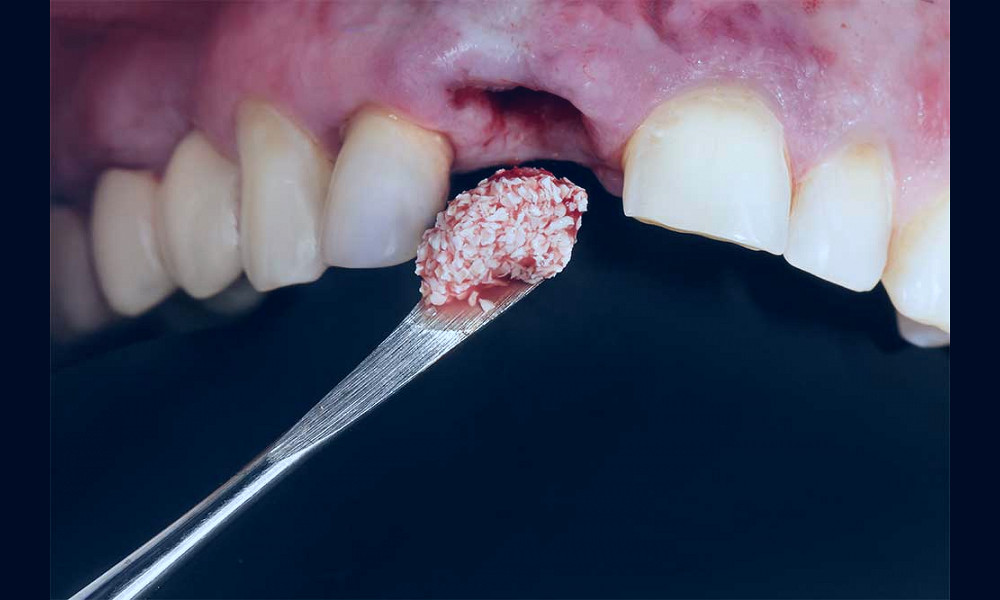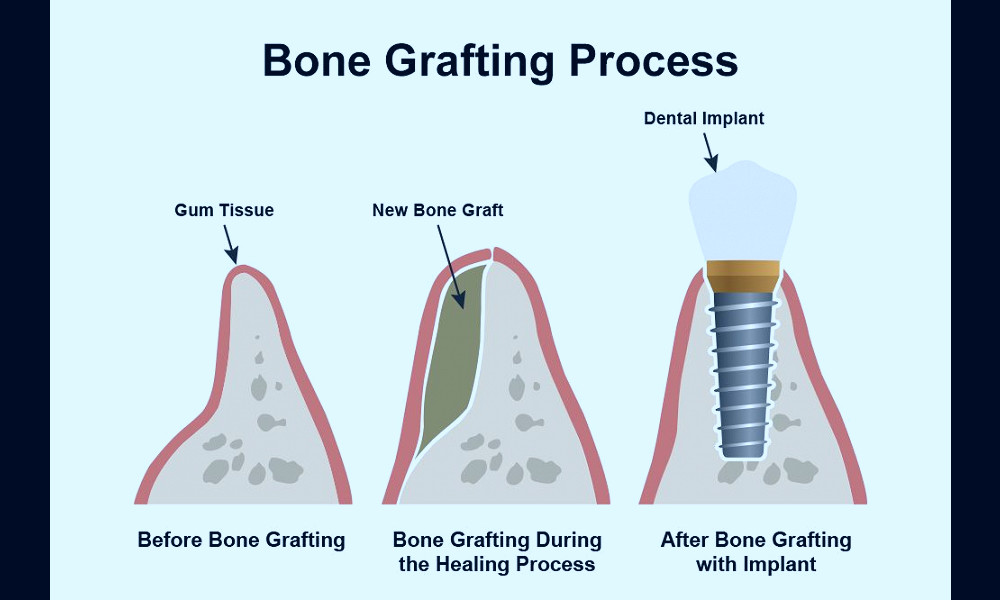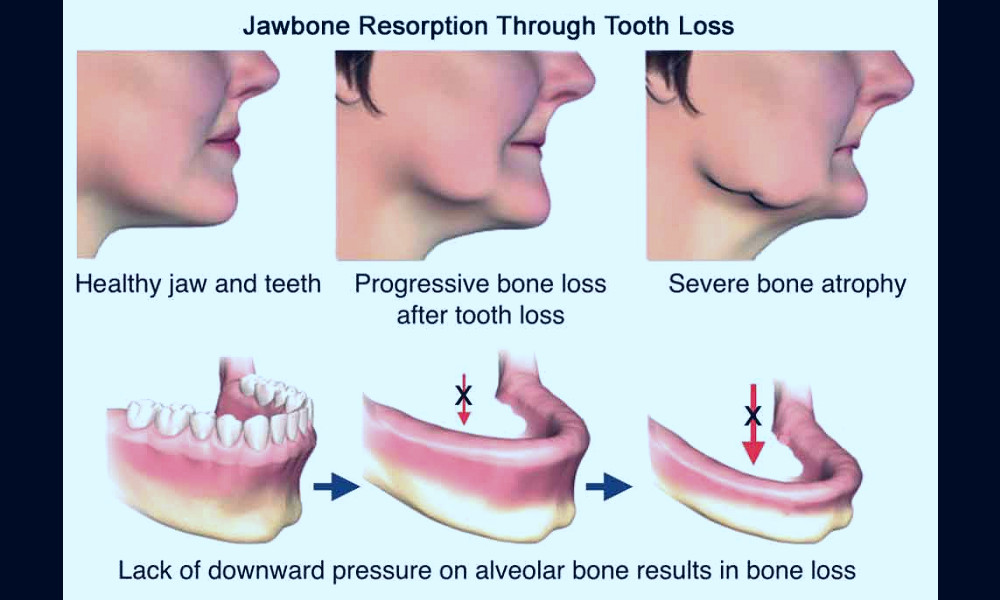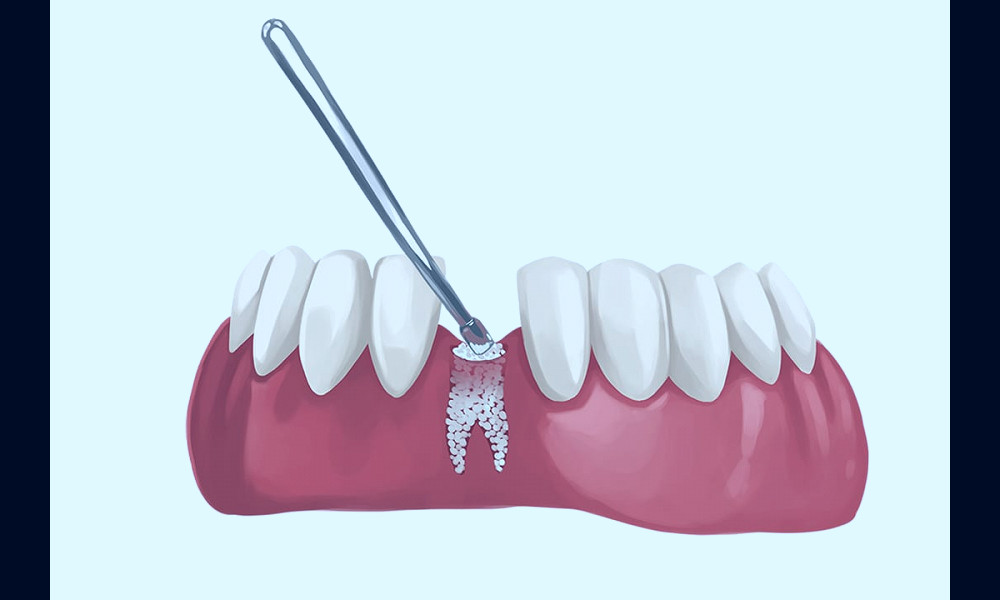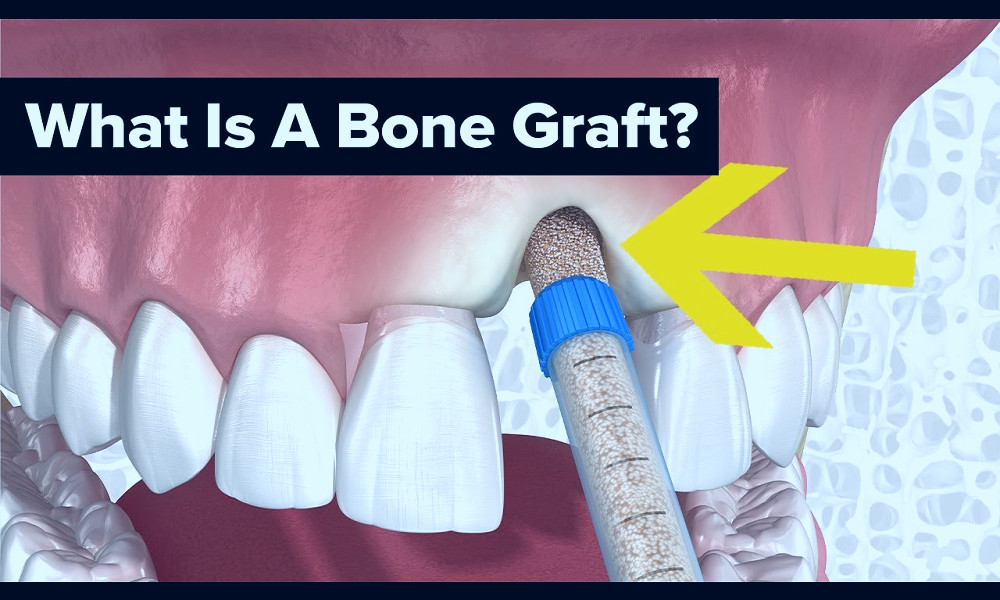
Revolutionize Your Health: The Ultimate Guide to Bone Grafting
Bone grafting is a surgical procedure that uses transplanted bone to repair and rebuild damaged bones. It's a versatile and vital practice in numerous medical areas such as orthopedics, dental implants, and spinal surgeries. By stimulating the body's natural healing process, it helps in forming new bone, improving bone strength and structure. Whether the bone is taken from the patient's body or a donor, bone grafting is a key step towards restoring functionality and ease in life.
| Procedure type | Surgical, Non-surgical |
| Purpose | Bone regeneration, Implant stabilization, Dental restoration |
| Materials used | Autograft, Allograft, Xenograft, Alloplast |
| Techniques | Guided bone regeneration, Ridge expansion, Sinus lift |
| Recovery Time | Weeks to months |
| Possible Complications | Infection, Graft failure, Nerve damage |
| Success Rate | Varies |
| Cost | Varies by region, procedure, and healthcare provider |
| Insurance coverage | Depends on policy and necessity of procedure |
Understanding Bone Grafting
Bone grafting is a surgical procedure that involves replacing missing bone with material from patient's own body, an artificial, synthetic, or natural substitute. The graft not only replaces missing bone, but also helps your body regenerate its own bone. This new bone growth strengthens the grafted area by forming a bridge between your existing bone and the graft material. Read more
Benefits of Bone Grafting
The primary purpose of bone grafting is to maintain or augment bone volume to support health and aesthetics. It is commonly used in dentistry to restore the bone in areas where it has been lost, providing a solid foundation for dental implants. Read more
Dental Bone Grafting
In the field of dentistry, bone grafting is often employed to restore the alveolar bone, which supports your teeth and often suffers damage due to periodontal disease, tooth extraction or trauma. It is a critical step in preserving your jawbone after tooth loss. Read more
Bone Graft Materials
Bone graft materials can be autograft (bone from your own body), allograft (bone from a donor), xenograft (animal bone), or synthetic (man-made materials). Each type of graft has its own advantages and potential complications, and the choice depends on the specific situation and patient’s preferences. Read more

The Bone Grafting Procedure
The bone grafting procedure is performed under local anesthesia or conscious sedation. After the graft is placed, it can take several months for the graft to fuse with the natural bone. Read more
Recovery and Aftercare
Post-procedure, you may experience some discomfort, but this can be managed with over-the-counter pain relief or prescribed medications. Aftercare is crucial for the success of the graft. It would include maintaining good oral hygiene and avoiding disturbing the graft site. Read more
Long-Term Success of Bone Grafting
With proper care and maintenance, bone grafts can last a lifetime. The success rate of bone grafting procedures is high, but it can depend on the location of the graft, the type of graft material, and the patient's overall health. Read more
Cost and Insurance
The cost of bone grafting can vary based on the complexity of the procedure, the type of graft material used, and geographical location. Some insurance plans may cover a portion of the cost, so it’s important to check with your provider. Read more

Choosing an Experienced Surgeon
The skill and experience of the surgeon performing the bone grafting procedure can significantly impact its success. Therefore, it's crucial to select a surgeon who has extensive experience and a high success rate with bone grafting procedures. Read more
Conclusion
Bone grafting is a highly effective procedure for restoring bone loss and preparing for procedures such as dental implants. Understanding the procedure, its benefits, and what to expect can help you make an informed decision about whether bone grafting is right for you. Always consult with a qualified healthcare professional or surgeon to discuss your options. Read more
Facts
1. The Genesis of Bone Grafting: The concept of bone grafting isn't a modern revelation. In fact, it dates back to as early as 1668 when Van Meekeren, a Dutch surgeon, used a dog's skull to repair a defect in a soldier's cranium. This marked the genesis of bone grafting, a medical procedure that has saved countless lives and limbs since then.2. The Miracle of Regeneration: Bone grafting is a true marvel of medical science. It leverages the body's natural ability to regenerate bone tissues. The graft, which could be taken from a different part of your body or a donor, provides a scaffold on which new bone cells can grow. It's like giving nature a helping hand in rebuilding what's lost or damaged.
3. Types of Bone Grafts: There are primarily four types of bone grafts. Autografts, where the bone is taken from your own body; Allografts, where the bone is taken from a deceased donor; Xenografts, where the bone is derived from a different species, usually bovine; and Alloplastic grafts, synthetic bone grafts that are usually made of hydroxyapatite or other naturally occurring substances.
4. Bone Grafting and Dental Health: Bone grafting is often a precursor to dental procedures such as dental implants. When a tooth is lost, the surrounding bone tends to shrink over time. This can make it difficult to place dental implants. But with bone grafting, dentists can rebuild the bone, creating a solid foundation for the implant.
5. The Healing Time: Healing from a bone graft can take anywhere from three months to a year, depending on the size of the graft and the condition of the patient. During this period, the grafted bone slowly merges with the existing bone, creating a strong, integrated structure.
6. Technological Advancements: Technological advancements in the field of bone grafting have made the procedure safer and more effective. For instance, growth factors can now be used to stimulate bone formation and speed up the healing process.
7. Potential Risks: Like any surgical procedure, bone grafting does come with some potential risks. These include infection, nerve damage, and rejection of the graft. However, with modern surgical techniques and post-operative care, these risks are minimal.
8. The Cost Factor: The cost of a bone graft can vary widely, depending on the type of graft, the size and location of the graft, and the surgeon's expertise. However, many insurance plans cover at least a portion of the cost, making it more accessible.
9. Success Rate: The success rate of bone grafting is impressively high. According to a study published in the Journal of Oral Implantology, the success rate of dental implants following bone grafting was found to be 95.7%.
10. The Future of Bone Grafting: The future of bone grafting looks promising. Researchers are exploring the use of stem cells and gene therapy in bone grafting. They hope to create grafts that can regenerate bone faster and more effectively, reducing the need for autografts and allografts.
Read more
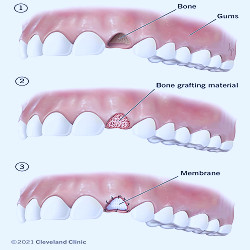 Dental Bone Graft: Process, Healing & What It Is
Dental Bone Graft: Process, Healing & What It Is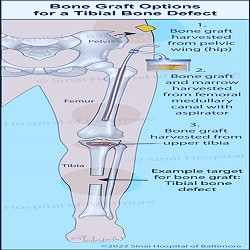 Bone Grafting | International Center for Limb Lengthening
Bone Grafting | International Center for Limb Lengthening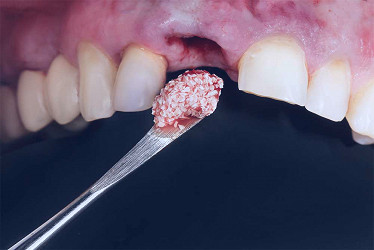 What Is Dental Bone Grafting and Why Do We Use It? - Gordon Dental Implants & Cosmetics
What Is Dental Bone Grafting and Why Do We Use It? - Gordon Dental Implants & Cosmetics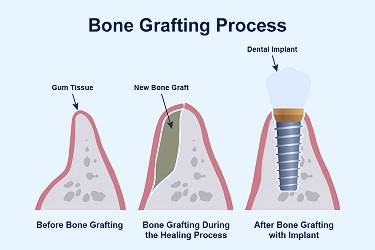 Bone Grafting – Columbia, SC – Elgin, SC – Dr. Robert F. Berger
Bone Grafting – Columbia, SC – Elgin, SC – Dr. Robert F. Berger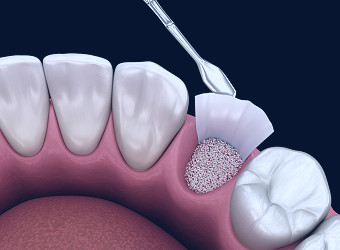 Bone Grafting | Rolla Oral Surgery
Bone Grafting | Rolla Oral Surgery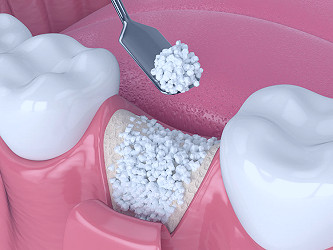 Dental Bone Grafting - Deerfoot Dental - Pinson, AL
Dental Bone Grafting - Deerfoot Dental - Pinson, AL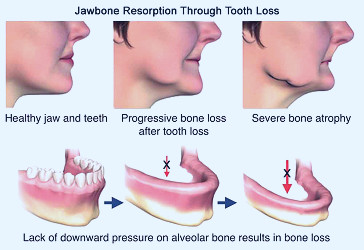 What Is A Bone Graft And Why Do I Need It? | Scottsdale Dental Solutions
What Is A Bone Graft And Why Do I Need It? | Scottsdale Dental Solutions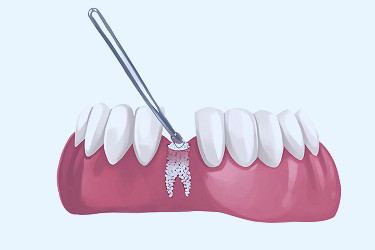 What Are Dental Bone Grafts and Do I Need Them?
What Are Dental Bone Grafts and Do I Need Them?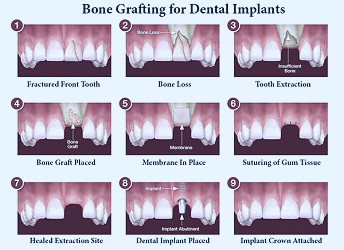 Bone Grafting | William Linger, DDS, MAGD
Bone Grafting | William Linger, DDS, MAGD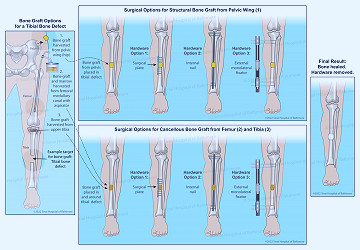 Bone Grafting | International Center for Limb Lengthening
Bone Grafting | International Center for Limb Lengthening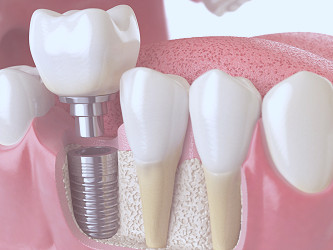 Bone Grafting for Dental Implants: What Is It and How Does It Work?
Bone Grafting for Dental Implants: What Is It and How Does It Work?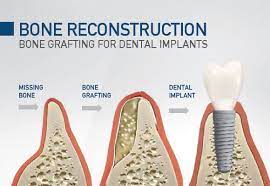 Bone Grafting Vancouver & Burnaby BC, Bone Graft Options for Implants
Bone Grafting Vancouver & Burnaby BC, Bone Graft Options for Implants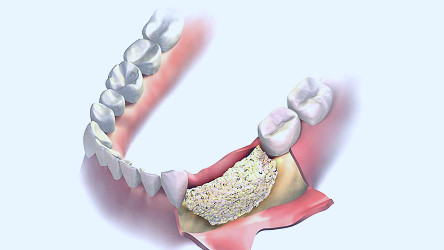 Benefits Of Dental Bone Grafting | Omega Dental Houston TX
Benefits Of Dental Bone Grafting | Omega Dental Houston TX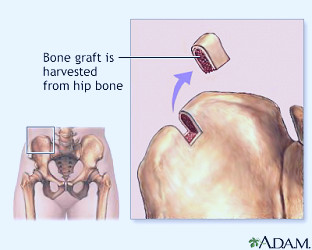 Bone graft Information | Mount Sinai - New York
Bone graft Information | Mount Sinai - New York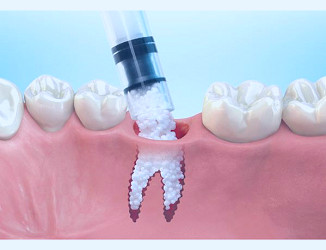 Bone Grafting - Parker Dental Group - Family Dentistry
Bone Grafting - Parker Dental Group - Family Dentistry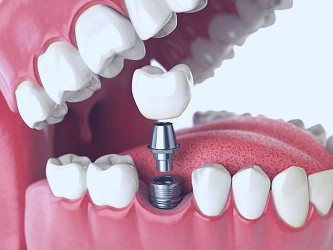 What to Expect From Bone Grafting for Dental Implants
What to Expect From Bone Grafting for Dental Implants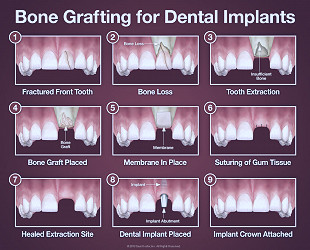 Bone Grafting - Dentist Chelmsford, MA - Dental Education Library
Bone Grafting - Dentist Chelmsford, MA - Dental Education Library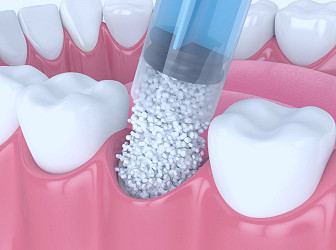 Dental Bone Graft - Bone Graft for Dental Implant
Dental Bone Graft - Bone Graft for Dental Implant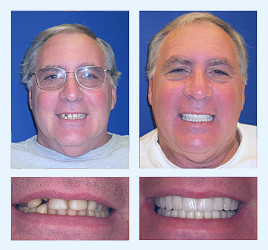 Bone Grafting & Soft Tissue Augmentation - verodentalspa
Bone Grafting & Soft Tissue Augmentation - verodentalspa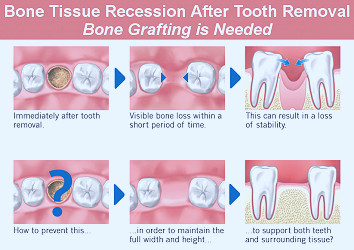 Dentist Glendale: Bone Grafting Types, How and Why Is It Done - Smile Makeover of LA
Dentist Glendale: Bone Grafting Types, How and Why Is It Done - Smile Makeover of LA 